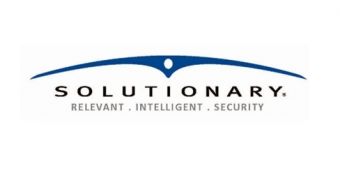Most security solutions providers put a lot of effort into the quarterly threat intelligence reports they publish and, according to a new study released by Solutionary, most organizations find these reports highly useful.
The numbers show that 83% of those who have participated in the survey use reports to shape their security strategies. Furthermore, 80% are utilizing the reports to justify security resources and budget requests to reduce risks.
31% of them consider the “Self assessment that allows me to show business stakeholders our risk status” topic to be the single most important when it comes to obtaining more security resources and budget.
A total of 22% of respondents who use them have revealed that it would help them in their task to improve security and reduce risk if the threat reports would focus more on “Actionable Threat Intelligence with Predictive Defense Recommendations.”
20% considered that executive summaries are the most useful in influencing decision makers to approve budget requests.
Interestingly, 87% of respondents whose security strategies are currently not influenced by such reports claim that they would be inclined to use them if the papers contained more details on how to utilize the information to improve their chances of securing more resources and budget.
“This survey is encouraging; it shows that businesses of all types and sizes are using solid research and threat intelligence to strengthen defenses and reduce risk,” said Rob Kraus, Solutionary Security Engineering Research Team (SERT) director.
“It also shows that security providers can do more than just provide intelligence about the latest attacks and malware in the wild. We can make an impact that gets business decision makers to understand just how important security is and to commit to supporting it.”
The survey was conducted during October and it polled 178 respondents from US organizations active in fields such as manufacturing, healthcare, financial services and high tech.

 14 DAY TRIAL //
14 DAY TRIAL //